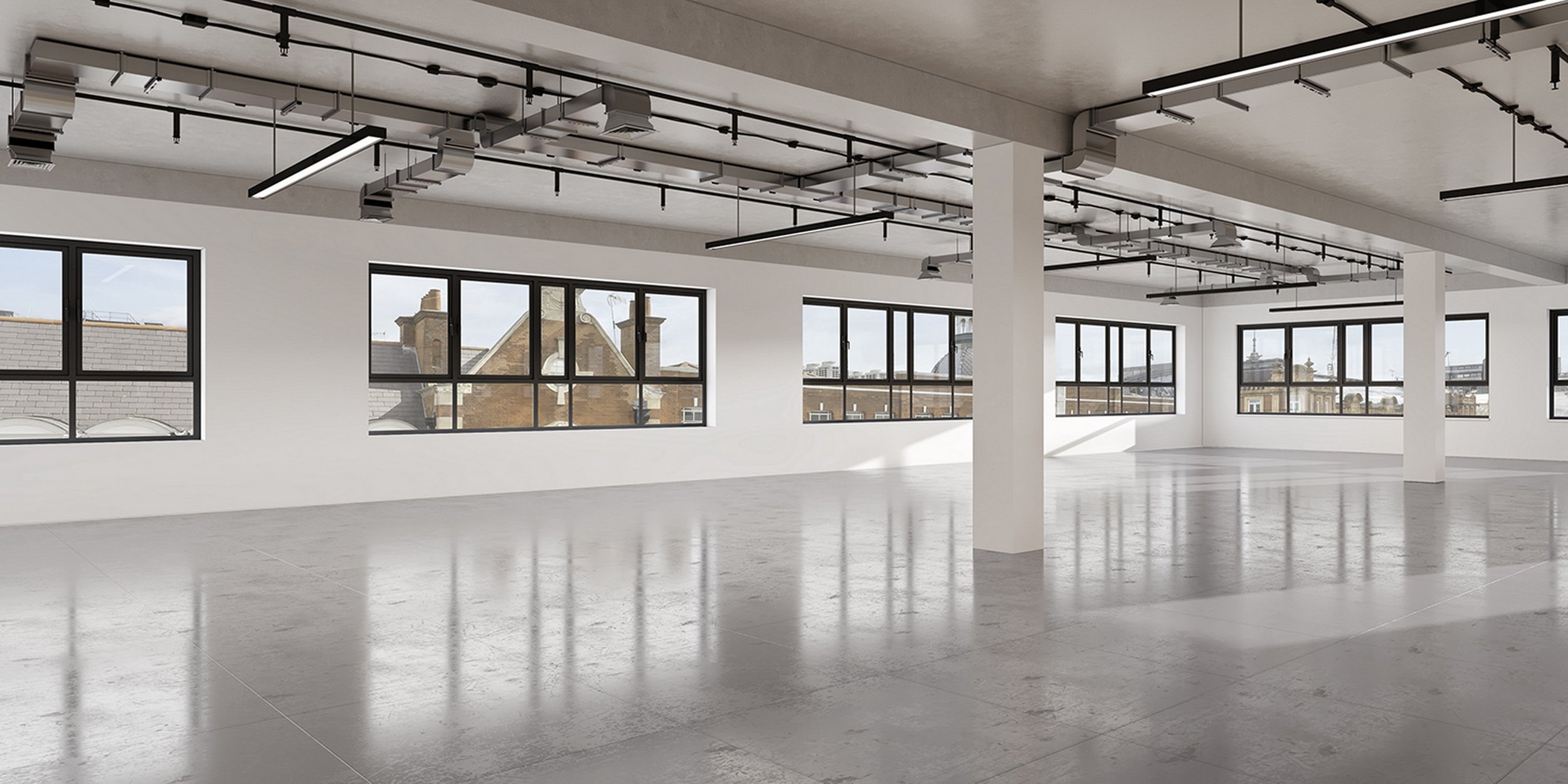Rethinking Green Belt Development: A Call for Innovative Design
By pushing for more innovative approaches now, we can set new standards for development that could help protect our Green Belts in the long term. We can create communities that enhance rather than detract from our landscapes, preserving the views, nature, and wildlife that make our Green Belts so precious.
Navigating the RIBA Plan of Work: A Strategic Approach to Project Management
Clients, whether landlords aiming to bring a product to market or tenants seeking the perfect space for their operations, are under constant pressure to deliver projects efficiently while maintaining quality standards. The construction industry follows the RIBA (Royal Institute of British Architects) Plan of Work, a structured framework that outlines seven key stages in the project lifecycle.
While each stage plays a crucial role, the initial phases—Stages 0 to 3—set the foundation for success. As a seasoned project management consultant, we assist our clients in the early stages and the need for meticulous planning and execution.
The Crucial Role of a Comprehensive Client Brief in Commercial Property Projects
Engaging all stakeholders from the outset ensures that everyone's perspectives, concerns, and expertise are considered. The client brings their vision and requirements to the table, while legal teams ensure compliance with regulations and contractual obligations. Architects and engineers provide technical expertise to translate the client's vision into feasible designs, and project managers identify and mitigate potential risks. At SW1 Surveyors, our role as project managers is to bridge these diverse perspectives, ensuring alignment and smooth project execution.
How BIM and CGI can de-risk construction
A combination of BIM and CGIs can significantly reduce construction risk effectively. BIM primarily addresses coordination and data management aspects, ensuring the project is well-planned, and clashes are minimised. On the other hand, CGIs primarily aid in client communication and marketing, reducing the risk of changes due to aesthetics and enhancing stakeholder engagement.
In summary, leveraging BIM for design coordination and clash detection, coupled with CGIs for enhanced visualisation and client engagement, can collectively lead to a significant reduction in construction risk, ultimately resulting in more efficient and successful projects.
Office design post COVID-19
Open-plan office spaces with exposed ceilings allow for a better distribution of natural light. Compared to a standard drop-in false ceiling, the cost difference is more or less cost-neutral. Decorating the soffit and tidy cable management can offset the savings by omitting the false ceiling.
How big can a design team be?
A UK construction project's design team typically consists of vital consultants with specialised expertise. The team's composition can vary based on the scale, complexity, and specific requirements of the project. The project manager is the liaison between team members to ensure progress is on track. Here are some essential consultants commonly found in a design team and their roles:
5 Reasons you need a project manager
a project manager provides a vital layer of expertise, organisation, and risk management to ensure the success of your office move or project development. They allow you to maintain your focus on your core responsibilities while entrusting the complexities of the project to a dedicated professional. This ultimately leads to smoother project execution, better team coordination, and successful project outcomes.







